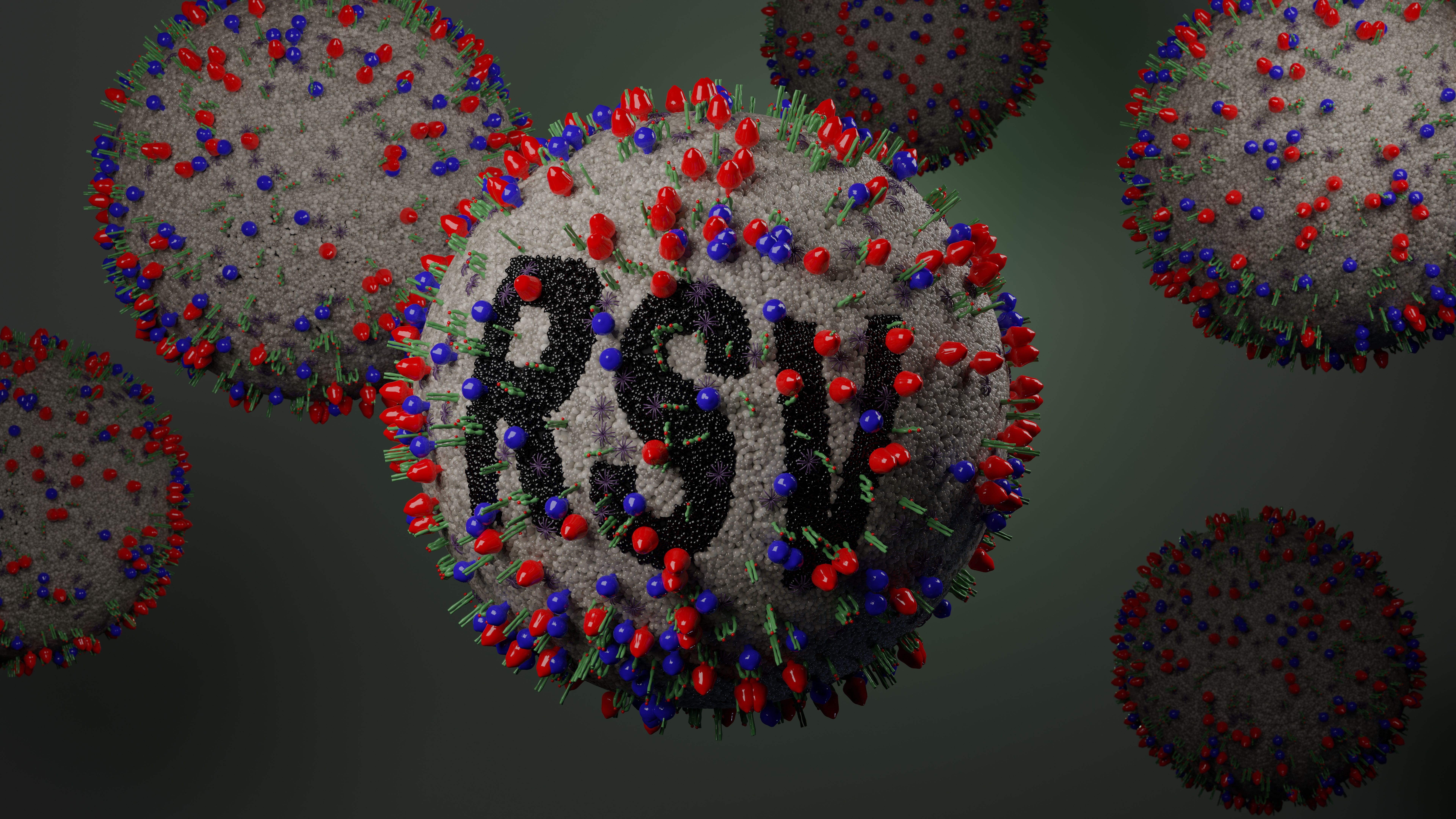News
Article
Preventing Respiratory Syncytial Virus at a Young Age May Reduce Risk of Developing Asthma
Author(s):
Pediatric and maternal respiratory syncytial virus (RSV) vaccines are being studied to reduce the burden of RSV, and more research is needed to understand whether this can reduce wheeze and asthma.
Severe respiratory syncytial virus (RSV) may contribute to the immunopathology of asthma and wheezing, although the pathology is still not wholly understood, according to a recent study published in the Journal of Pediatrics and Child Health. Young children who contract severe RSV are known to be at greater risk of recurrent wheeze or asthma later in life, and although the cause is unknown, it’s been suggested that an immunological Th2-type response is to blame.
Image credit: Peter Hansen | stock.adobe.com

In a recent examination, preterm infants were shown to have a higher risk of clinically severe RSV and a more reactive asthma-prone airway if the antiviral 1 interferon gamma (IFN)-γ mediated Th1 immunity response shifted to a Th2-dominant response. The histological features of asthma include goblet cell hyperplasia, increased mucus production, and airway hyperreactivity, according to the study authors.
Genetic factors may also contribute to the development of wheeze and asthma following early RSV infection. Notable, researchers identified a link between single nucleotide polymorphisms—which are found in genes that code for chemokines/cytokines—and increased or sensitized airway reactivity in severe RSV bronchiolitis and asthma. Possible environmental factors include a caesarean section delivery, birthweight, passive smoke exposure, co-infection with another respiratory virus, age at primary infection, respiratory microbiome health, and parental incidence of asthma.
Other studies have looked at children who received prophylactic RSV antibodies. In the randomized MAKI trial, preterm infants who received prophylaxis have approximately 50% less occurrence of recurrent wheeze in the first year of life, suggesting the link between RSV and wheeze. At age 6, therapy was not proven to reduce cases of asthma, but many studies such as this were not designed to evaluate long-term outcomes.
The COVID-19 pandemic had also disrupted the traditional RSV season. In 2020, COVID-19 public health measures significantly reduced RSV transmission while reducing circulating RSV variants. Interseasonal RSV cases have since risen (with levels exceeding pre-pandemic) but the rapid development of the mRNA vaccination for COVID-19 could become a strategy to prevent RSV.
Currently, RSV prophylaxis is the only preventative against severe acute RSV infection. However, there are pediatric and maternal RSV vaccines entering clinical translation. Other preventative measures under investigation include immunizing against measles at 4 months of age and immunizing with the Bacille Calmette-Guérin (BCG) vaccine, which have been shown to reduce RSV infection and associated hospitalization and mortality better than not being vaccinated.
The BCG vaccine may also reduce an allergic-type immune response (Th1/Th17) associated with asthma. Further, targeting immunological mediators involved in the RSV-asthma pathway may reduce risk of asthma and wheeze.
Ongoing research should focus on preventing RSV, antiviral therapies, and identifying immunological targets for therapeutics that treat severe RSV. It is also worth evaluating the effects of preventing RSV in infants, early-age vaccination, and/or delaying primary RSV infection to an older age, which could impact the development of asthma, according to the study.
“Close monitoring of trends in RSV infection and asthma through population-based ecological studies will form the basis upon which to understand future changes to wheeze and asthma prevalence,” the study authors concluded.
Reference
Binns E, Tuckerman J, Licciardi P, Wurzel D. Respiratory syncytial virus, recurrent wheeze and asthma: A narrative review of pathophysiology, prevention and future directions. J Paediatr Child Health, 58: 1741-1746. DOI: 10.1111/jpc.16197
Newsletter
Stay informed on drug updates, treatment guidelines, and pharmacy practice trends—subscribe to Pharmacy Times for weekly clinical insights.






